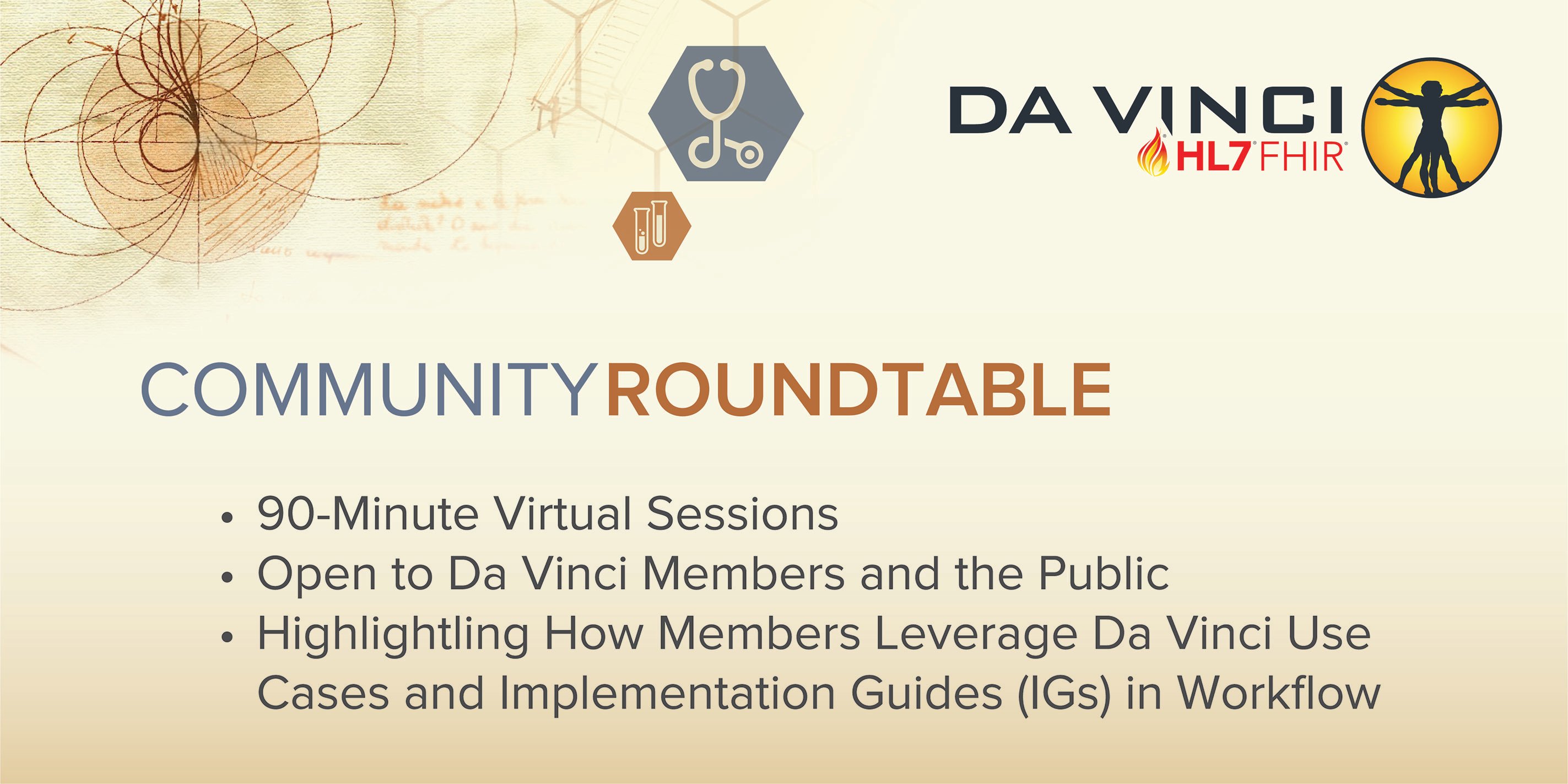Recap of the September HL7 Da Vinci Project Community Roundtable
Exchanging information is much like a dancing competition – it takes partners who are willing to work hard to coordinate their actions.
Multicare Connected Care and Regence Blue Pilot Medication Reconciliation Project
That was a bedrock of the initiative that paired MultiCare Connected Care and Regence Blue Shield, now bearing results in enabling better medication reconciliation between the healthcare organizations.
The partners described their journey to implement a use case from the HL7 Da Vinci Project in September’s Community Roundtable, noting that they are achieving substantial results in improving data exchange efforts, reducing manual work for the two organizations and enabling them to redirect resources to other projects that benefit both patients and the organizations.
The effort has paid off – MultiCare has achieved dramatic improvements in its compliance with medication reconciliation requirements, while reducing the amount of manual intervention by both organizations, said Anna Taylor, director of operations for population health at MultiCare for its an accountable care organization.
Using standardized interoperability, in the form of a use case for coding from HL7’s Fast Healthcare Interoperability Resources (FHIR®) standard, helps to reduce the burden “on us as providers and as an ACO,” Taylor said. “Success in value-based care models requires data and information from partnering entities; we’re able to use this data and information to make sure that those that are the most sick and need the most care navigation get what they need to stay healthy.”


